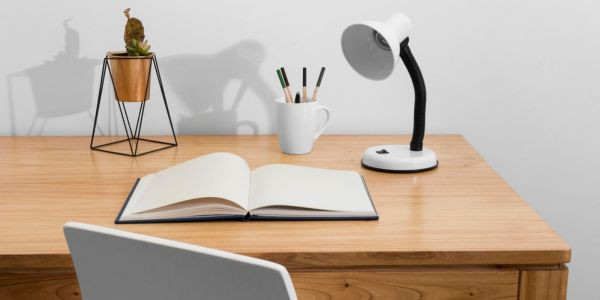What happens when you merge the flamboyance of metal with the fragility of wax? Designer Frédéric Imbert explores this unlikely harmony in his latest collection for Æquo Gallery, and the results are striking.
A Journey into India’s Ancient Craft Traditions
During his visit to India, Imbert was drawn to the country’s rich legacy of metalworking. Yet what intrigued him even more was the material often lost in the process — wax.
Traditionally used in the lost-wax casting method, wax plays a fleeting yet vital role in shaping metal forms. Imbert found poetry in this transience. “The collaboration with Æquo Gallery was not only a beautiful creative journey, but also a deeply human experience centred around the art of bronze,” he shares.
Wax and Metal — Opposites That Attract

On the surface, metal and wax couldn’t be more different. Metal is bold, brilliant, and built to last. Wax, in contrast, is soft, ephemeral, and shaped by heat. And yet, in Imbert’s hands, they come together in a visual and tactile dialogue — telling stories of ancient craftsmanship through contemporary design.
“I’ve always found it fascinating when a technique leaves its trace on a design,” says Imbert. “When a finished piece speaks both of my vision and the unique hand of the craftsman who helped shape it.”
Craft Meets Concept
Each piece in this collection doesn’t just showcase form or function — it captures process and presence. The marks of human hands, the transformation of material, and the soul of technique are all preserved in the final work.
Imbert’s collaboration with Æquo is a celebration of duality, of tradition meeting innovation, and of the powerful interplay between permanence and impermanence.
Also Raed : Study Room Vastu: Create a Positive Learning Environment for Success




